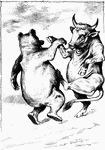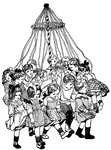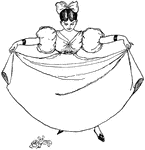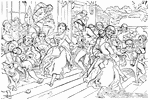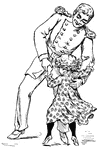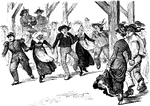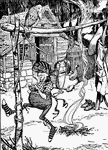Clipart tagged: ‘dance’

John the Baptist Prays in Prison Just Before His Beheading
"And she, being put forward by her mother, saith, Give me here on a platter the head of John the Baptist.…
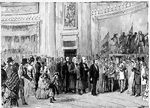
Grant's Second Inauguration as President
Inauguration ceremony for General Grant for his second term as President.

King & Queen Dancing with Group of People
An illustration of a king and queen holding hands and dancing with a large group of people.
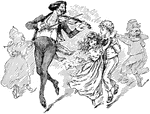
Man Playing Violin with Children Dancing
An illustration of a man playing a violin while children were dancing.
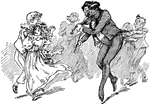
Man Playing Violin with Children Dancing
An illustration of a man playing the violin while children dance around.
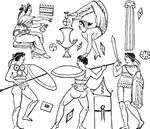
Pyrrhic Dance
"The most famous of all the war-dances of antiquity, is said to have received its name from one Pyrrichos,…

Salatio
"Dancing. The dancing of the Greeks as well as of the Romans had very little in common with the exercise…
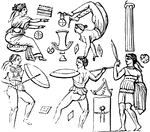
Salatio
"Dancing. The dancing of the Greeks as well as of the Romans had very little in common with the exercise…
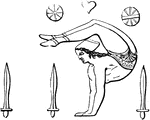
Salatio
"Dancing. The dancing of the Greeks as well as of the Romans had very little in common with the exercise…
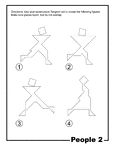
People Outline Tangram Card #2
Outlines of people (runners, dancers) made from tangram pieces. Tangrams, invented by the Chinese, are…
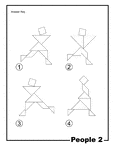
People Outline Solution Tangram Card #2
Solutions for outlines of people (runners, dancers) made from tangram pieces. Tangrams, invented by…
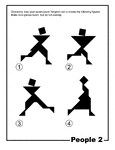
People Silhouette Tangram Card #2
Silhouette outlines of people (runners, dancers) made from tangram pieces. Tangrams, invented by the…
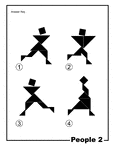
People Silhouette Solution Tangram Card #2
Solutions for silhouette outlines of people (runners, dancers) made from tangram pieces. Tangrams, invented…
